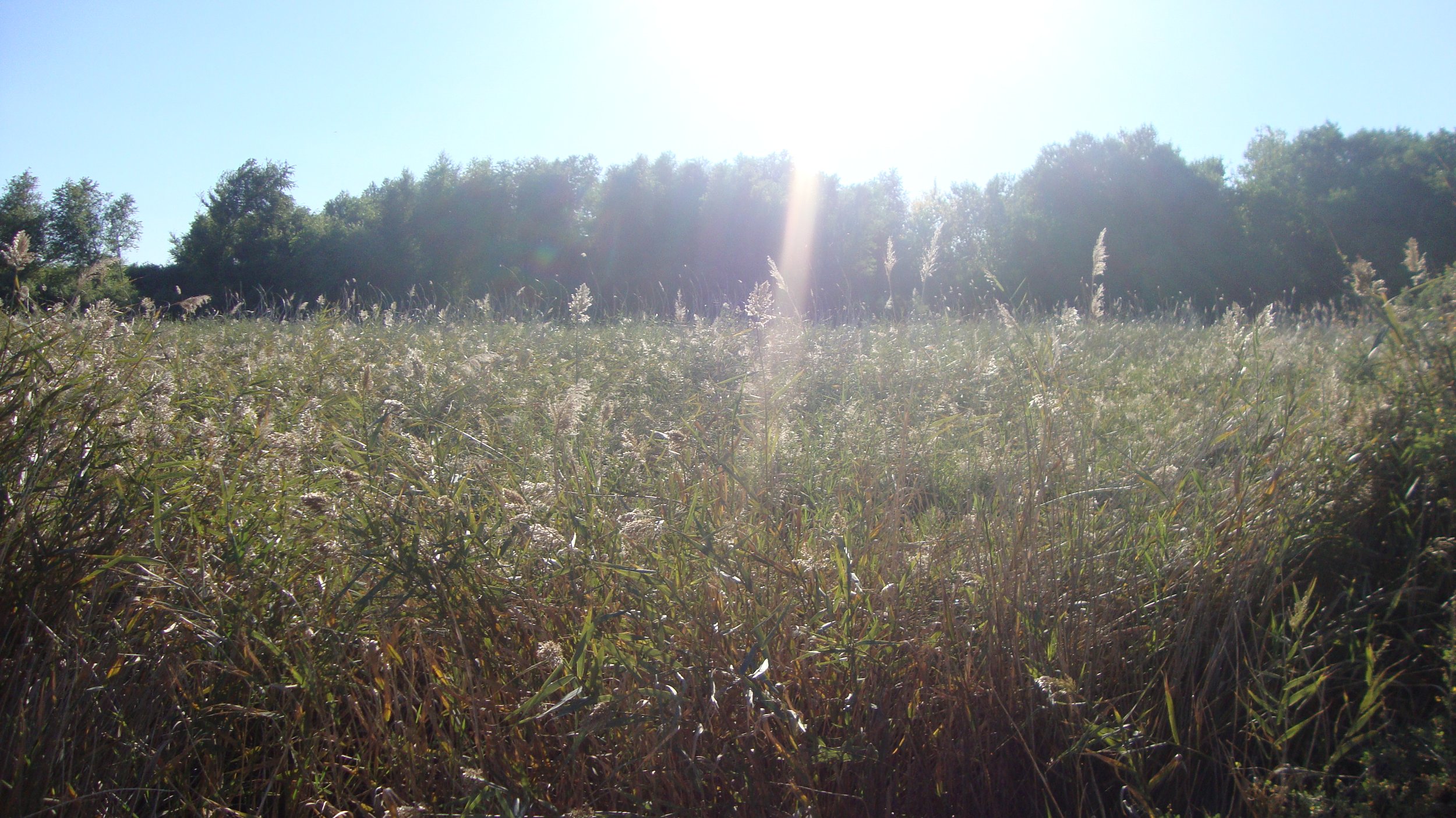Dispatch from the Heart of Paradise
By Shannon Salter
Image/Las Vegas Writes Volume 15 Desert Superbloom cover.
The first thing I loved about Las Vegas was its oleander. Not only the bursting blossoms—red, pink, white—but the way it so often throws itself over cement walls and sidewalks, how it thrusts up against chain link fences, and drops its petals into the street. When I came to Las Vegas in 2009 to study poetry at the University of Nevada, Las Vegas (UNLV), I walked around in constant awe of the blooming things, which defied the starkness of an American suburban landscape. When I contemplated the theme for this year’s issue of Las Vegas Writes—“scarcity and abundance”—the oleander is the first thing that came to mind. This was even before I knew the title of the collection: Desert Superbloom.
It's an extraordinary title; it speaks to what’s possible in Las Vegas, which is practically anything. To be sure, this is a city that paved over nearly all its natural springs, except for those at the historic Springs Preserve, and in Henderson’s Pittman Wash, which was saved by a group of committed citizens. In the early 20th century, the Las Vegas valley was strewn with artesian springs, creating oasis marshlands. Until the Hoover Dam began diverting the Colorado River in 1930, a population of 500,000 was supported on groundwater wells alone.
Scarcity and abundance.
So, the natural springs are mostly gone but get this: Las Vegas re-created the meadows by recycling all of its water used indoors. That’s right. It all flows back to Lake Mead via the Las Vegas wash, and along the way it gets cleaned by millions of marshland plants. Meanwhile, the Clark County Wetlands Park serves as a scenic place for people to walk and ride bikes through riparian habitat; you can even follow the water for seven miles all the way to the community of Lake Las Vegas, at which point it goes into a pipe underground. We erased the wetlands, and then we made a new wetland.
Photo courtesy of Shannon Salter.
As a writer, one of the things that strikes me about Las Vegas, is how visible everything is, particularly things that are obscured in most places. You can see where the water comes from, where the money comes from. You can drive to the edge of the city and see where it ends. You can see Gypsum Hill in Red Rock Canyon where Jim Rhodes is dead set on building 3500 luxury homes. You see the blooming things, and that big sky. You’ve never seen the sky as big as this anywhere.
I didn’t write about Las Vegas for my essay in Las Vegas Writes, Desert Superbloom. I wrote about the Mojave Desert all around and my bearing witness to its insidious destruction in the south Pahrump valley. Just like its token city, everything in the Mojave Desert is clear as day.
If you’ve ever witnessed the destruction of something you love, you know the little flame that alights inside the heart; you’ve felt the space open. Maybe you have felt the joy of using that opening to speak or act against that which offends your own soul.
I believe anything can happen here and that the super bloom isn’t only in the landscape; it’s in us. I’m beginning to see my interior world as part and parcel of this place and its future.
What we see creates itself in the world.
My piece in Las Vegas Writes is about creative activism—what I like to call poetic action—but more than that it’s about imagination. Imagination is what makes the human spirit a force of nature, one that blooms day and night, and never dies.
Shannon Salter is a participating author in Volume 15 of the annual Las Vegas Writes, Desert Superbloom: Las Vegas Writers on Scarcity and Abundance. Click here to RSVP for the Las Vegas Writes Desert Superbloom: Las Vegas Writers on Scarcity and Abundance book launch and conversation with the authors on Thursday, October 17, 2024, 7-9 pm PT, at the Clark County Library Theatre (1401 E. Flamingo Rd., Las Vegas, Nevada). Copies of Desert Superbloom will be available at the book launch event on October 17, 2024, at the Nevada Humanities Program Gallery in Las Vegas, at the Nevada Humanities tent at the Las Vegas Book Festival on October 19, 2024, on Amazon, and available soon at The Writer’s Block in Las Vegas.
Shannon Salter is a writer and advocate for the Mojave Desert as well as a PhD candidate in English at UNLV. Read more about her activism at MojaveGreen.org.
Photo courtesy of Shannon Salter.



